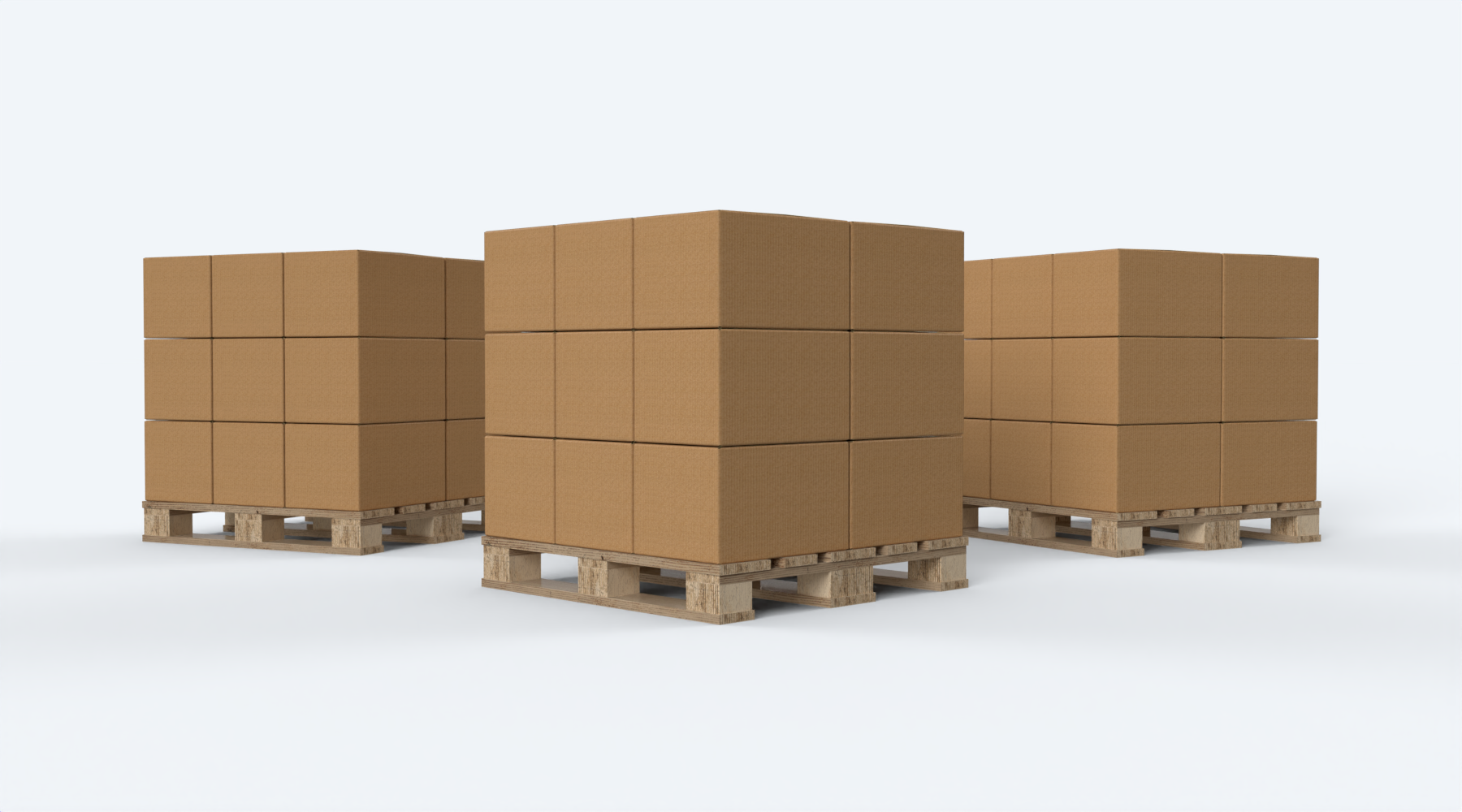Best Practices for Stacking Boxes
05 June 2024
Maximize Efficiency and Minimize Damage with our Best Practices for Stacking Boxes


Efficient and safe stacking of boxes is essential for maintaining the integrity of your products during transportation and storage. Poor stacking practices can significantly reduce the strength of your boxes, leading to damage and loss. To help you avoid these issues, we've compiled a handy guide outlining the best practices for stacking boxes. You can download the guide at the end of this blog post.
Why Proper Stacking Matters
The load-carrying ability of a box is primarily determined by the strength of its vertical panels in compression. Improper stacking can compromise these panels, resulting in weakened box strength and potential damage to the contents. By following a few key practices, you can maintain good vertical alignment, reduce handling problems, and minimize loading damage.
Best Practice Stacking Recommendations
- Limit Mixed Loads: Whenever possible, avoid mixing different types of boxes in a single load. Place heavier boxes on the bottom to prevent crushing lighter boxes.
- Vertical Flute Direction: Always stack boxes with the flute direction (the corrugated structure inside the box) aligned vertically. This ensures maximum compression strength.
- Utilize the Full Pallet: Make sure to use the entire surface area of the pallet. Avoid overhang, as it can lead to box damage and instability.
- Stack Heights and Double Pallet Stacking: Limit the height of your stacks to maintain stability. Avoid double stacking pallets unless absolutely necessary and only if the lower pallet can support the additional weight.
- Minimize Void Spaces: Use void fill consumables to fill any gaps within the boxes. Choose cartons that fit your products well to minimize empty spaces and prevent shifting during transit.
Additional Tips
- Inspect Pallets: Ensure all pallets are in good condition and free from damage and contamination before use.
- Heavy Boxes on Bottom Layers: Always place heavy boxes on the lower layers of the stack to prevent them from crushing lighter boxes.
- Avoid Overhang: Properly place products squarely on the pallet to avoid overhanging edges, which can lead to instability and damage.
- Column Stacking vs. Interlock Patterns: Prefer column stacking, as interlock patterns have up to 37% less strength potential.
Following these best practices will help you maximize the efficiency of your storage and transportation operations, reducing the risk of damage and loss.
Download Our Handy Guide
For a more comprehensive look at these best practices, including detailed illustrations and additional tips, download our Handy Guide to Box Stacking Best Practices. This guide is an essential resource for ensuring your products arrive safely and in perfect condition.
Stay efficient and keep your goods safe with our expert recommendations!
ABOUT US
Latest News
View allEaster/ANZAC Trading Days
April 04, 2025
Find out what days your local branch is open during the Easter holiday and ANZAC Day public holiday....How To Measure A Box Guide
June 25, 2024
Our guide explains how to accurately determine the internal dimensions of a box by measuring the length, width, and height from the inside edges of an empty box and provides practical tips for ensuring accuracy....